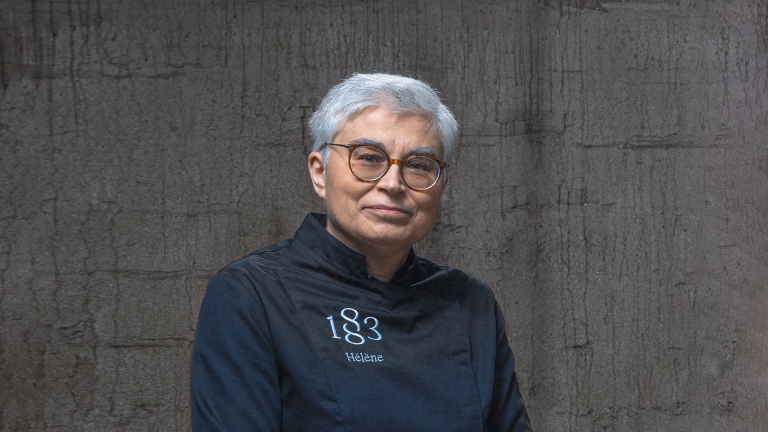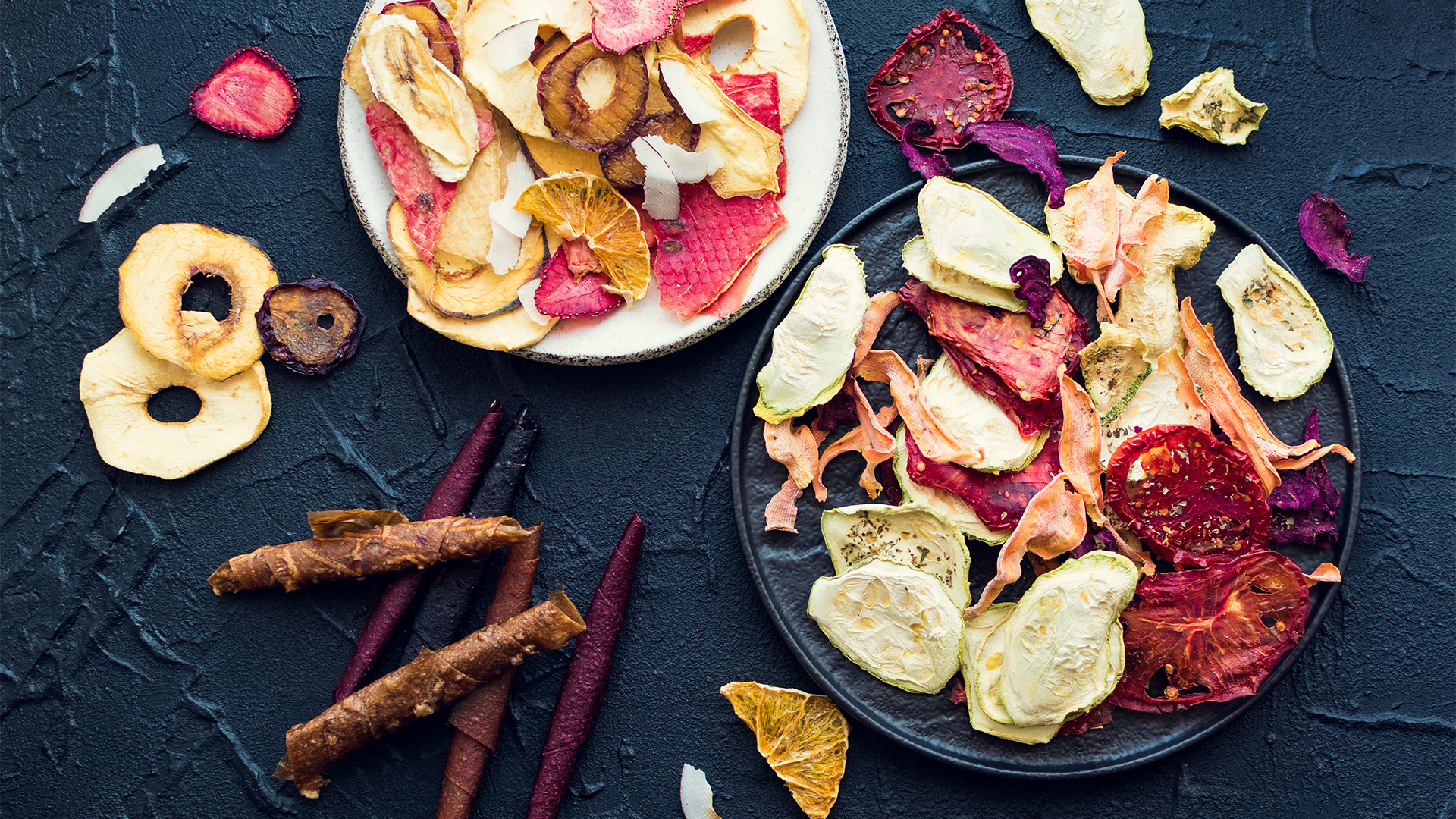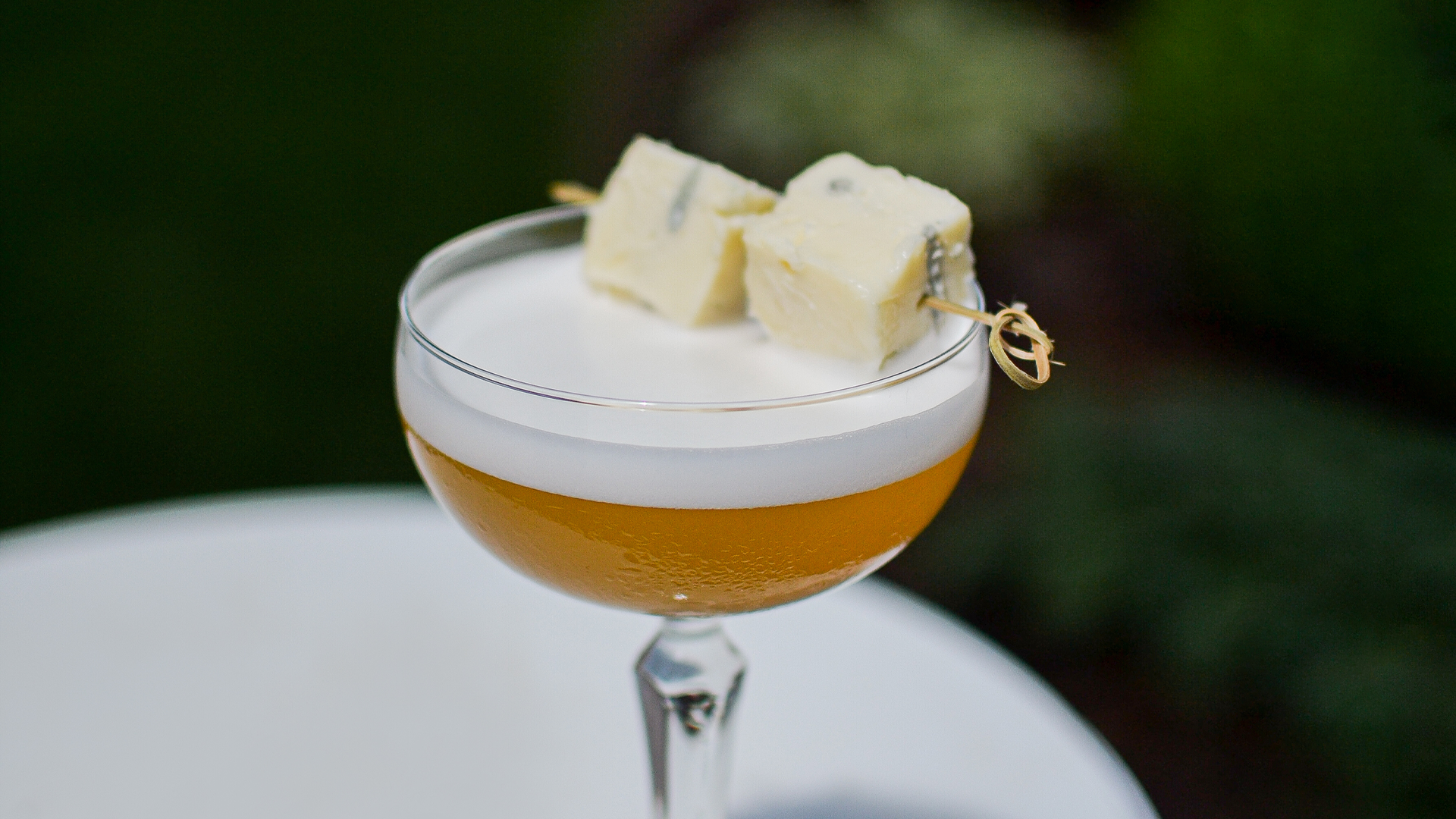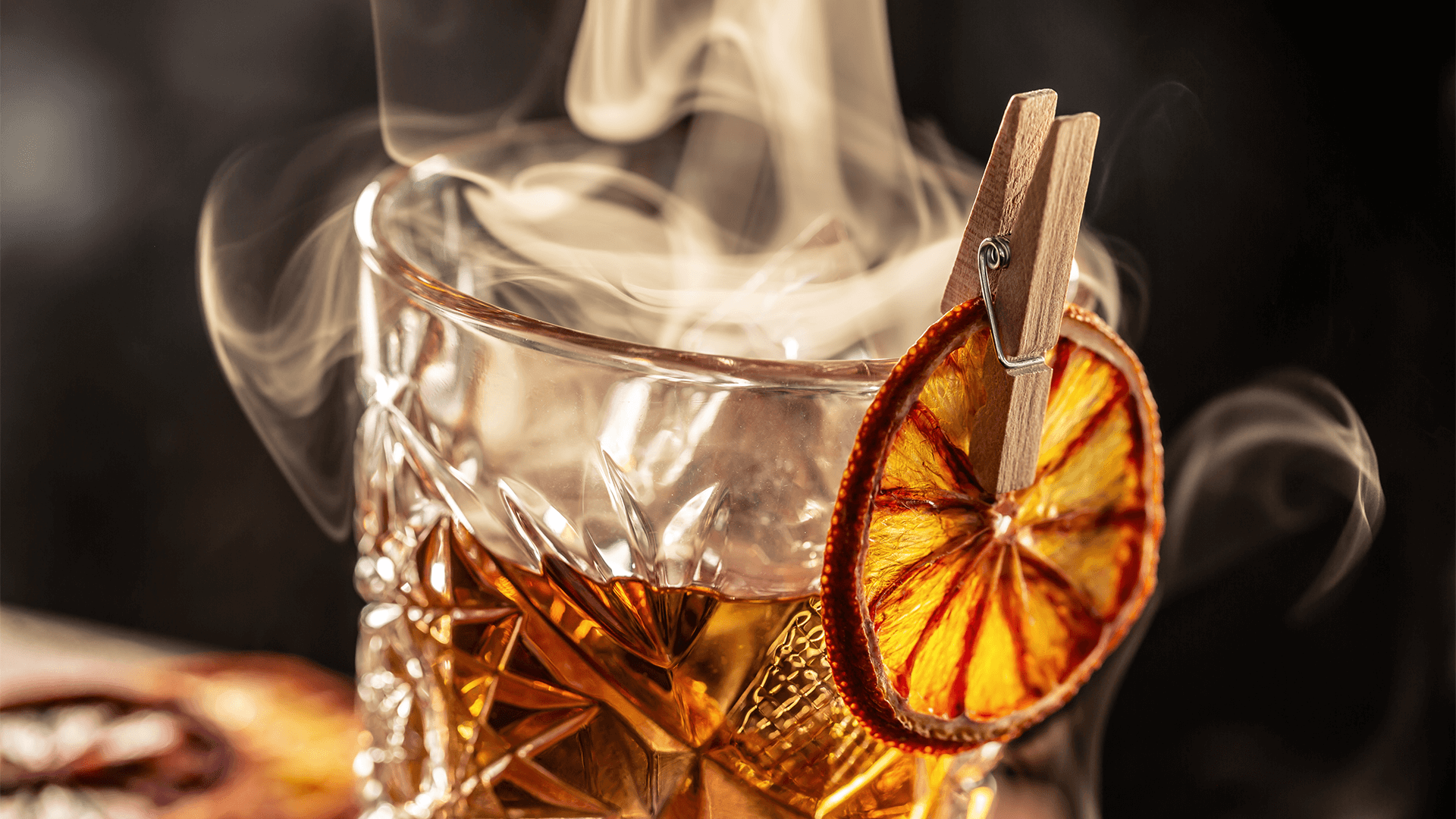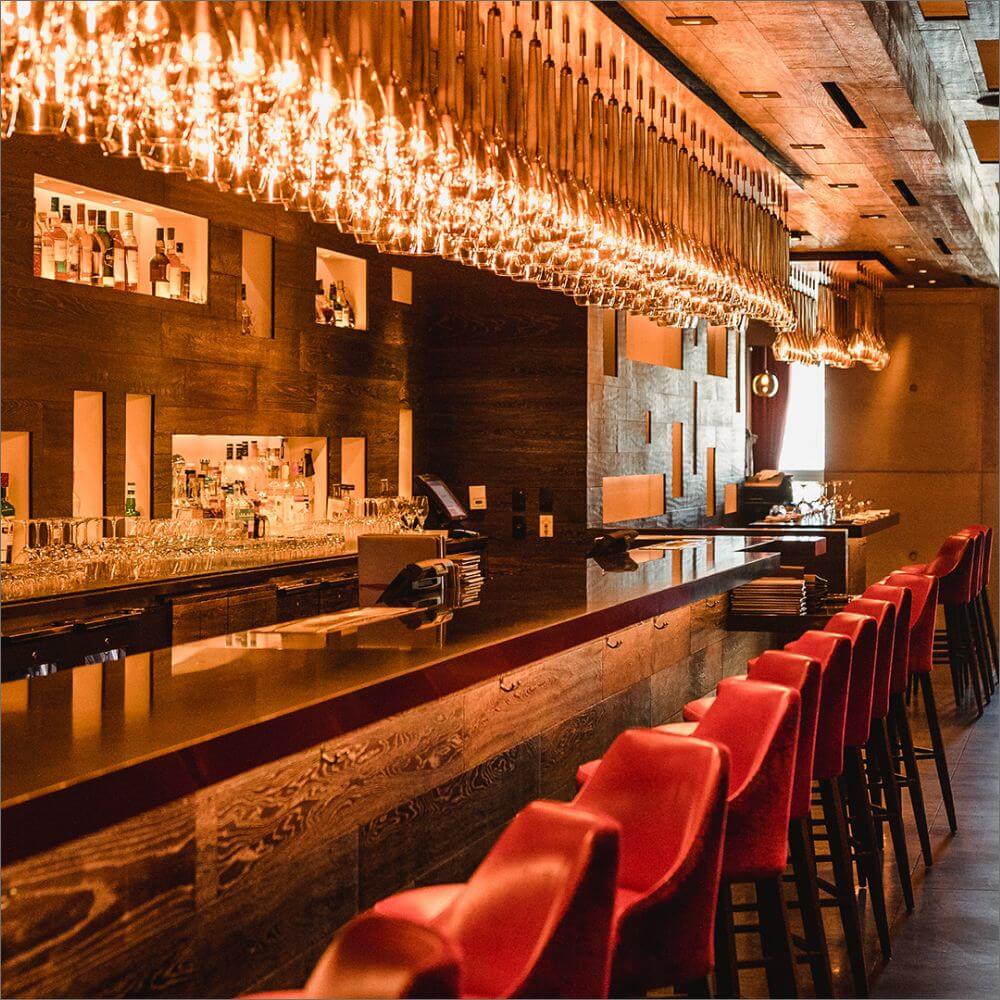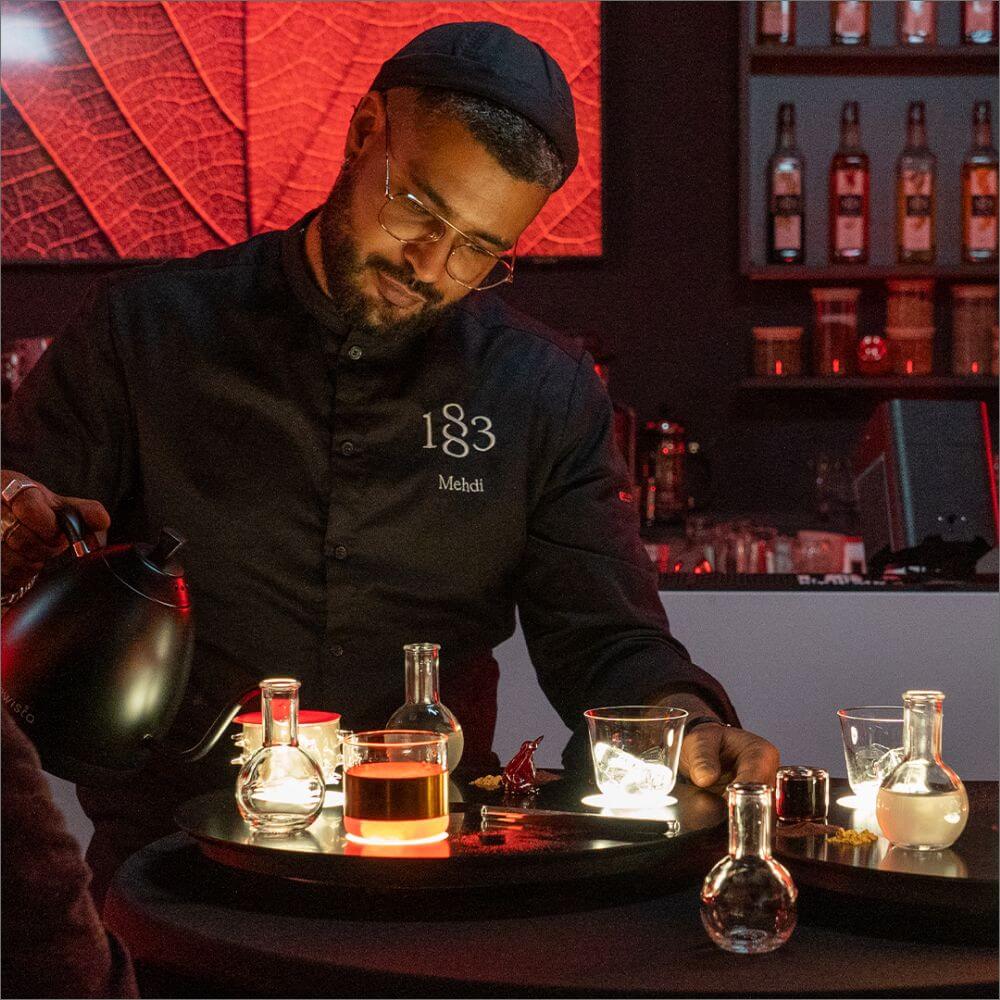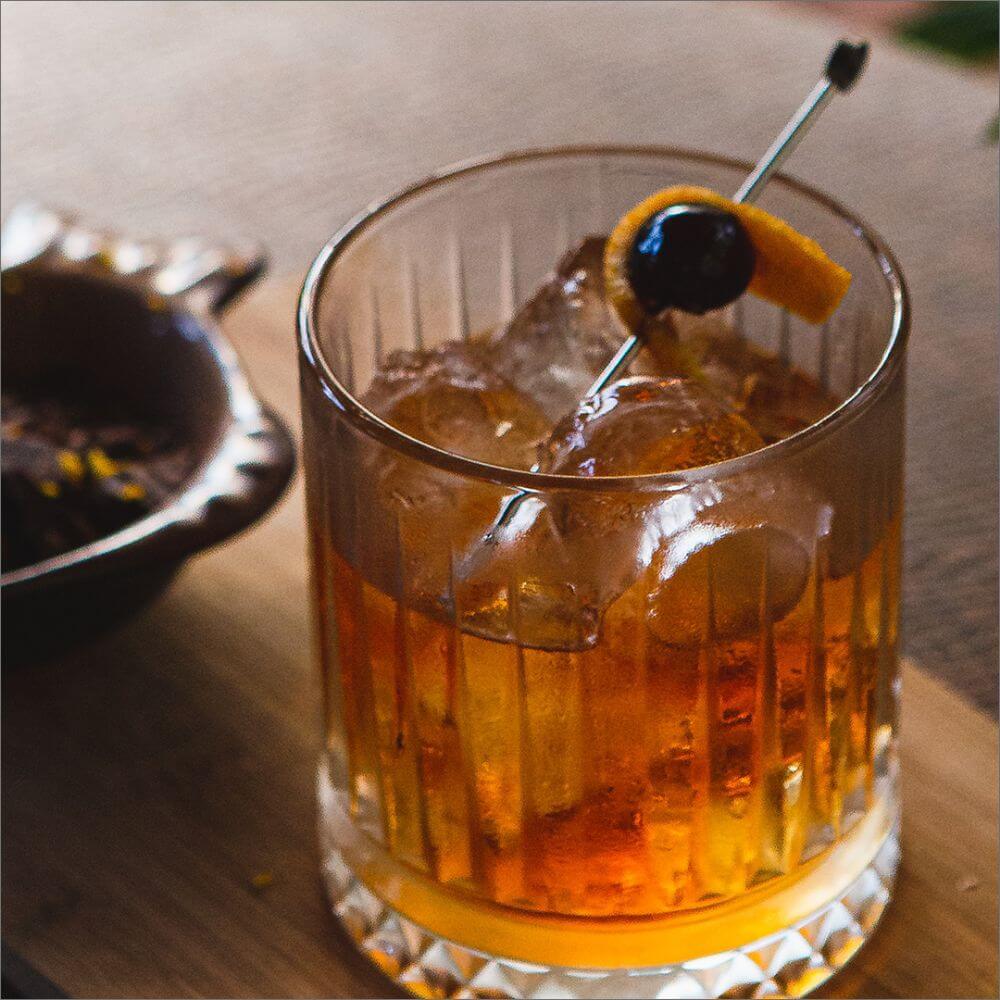Hélène Miralles has been with Maison Routin 1883 since… 1988! That’s a long time. Enough time to forge the experience and legitimacy that officially enables her to fill the role of Master Syrup Maker. In a soft, precise, almost timid voice, she tells us that she joined Maison Routin at a time when the group was just beginning to establish its research and development laboratory. At the beginning, just two people worked at the lab. She was 24 years old back then, and she brought her scientific training (in biology and chemistry) to the table, along with a few brief professional experiences. This was her first “real” job. Today, 34 years later, she states – in a voice thick with emotion – that she still truly loves her profession. It is an incredibly diverse one. She has never created the same syrup twice: each day offers opportunities for creativity in the never-ending pursuit of enjoyment and harmony. In her daily work, she walks the line between technical formulation and gourmet indulgence.
Her mission is to turn an abstract idea, desire or intuition into a harmonious syrup that actually ends up bottled in real life! Each year, she and her 6 colleagues in the R&D team make their way through 100 to 150 recipes (for all the brands of Maison Routin).
In doing so, the tool of reference for Hélène Miralles is descriptive sensory analysis. This is a method that provides an “objective language” for use in describing what begins as a sensation or feeling: something personal and subjective by nature. That perfectly rational magic makes it possible to translate an impression or taste into a scientific formula expressed in molecules. In practical terms, the laboratory team works with groups of people trained in this method, making use of an olfactory reference guide called “Aroma Sensoris” which Hélène has developed over time. It is like a Pantone system specially adapted to the sense of smell and specifically geared to syrups. It profiles 70 molecules corresponding with different scents and tastes, enabling individuals to report their sensations and descriptions. The objective is to converge towards the same definition of a taste, describing it precisely and reliably.
For example: The 1883 “Madeleine” syrup is based on a clear inspiration: to render a certain French spirit of indulgence. The madeleine quickly came into view for its symbolism. For the French, it is a nostalgic childhood flavour and a concept with specific organoleptic notes… In a word, it has a strong collective resonance. Choosing it was the first step. The second step required sampling a huge, huge, huge number of madeleines to find THE special one – the one that would best represent the madeleine as a taste –, and then submitting it to sensory analysis to determine the notes and specificities of that particular madeleine. The third step was to recreate the taste and the ambiance that goes with it… In the form of a syrup! At this stage, the team experiments with molecules (which scientifically express tastes and scents). They dose, they test, and they seek to recreate the basic elements in an authentic way to achieve a finished creation which harmoniously balances those flavour specificities in a concentrated syrup form. That holy grail is known as aromatic equilibrium. It is a source of enjoyment… And that’s what continues to thrill Hélène after all these years.
The greatest challenge of her career
In ‘94, Maison Routin decided to conquer the American market. In the ‘90s, the French were accustomed to drinking syrup in a very simple way, adding only water, with a focus on a relatively limited range of fruit flavours. However, in the United States, the “barista” culture was already well-developed. It was already making use of syrups in hot beverage concoctions. However, the temperature of the dilution liquid changes everything: taste, colour, scent… Everything! It quickly became clear that it would be necessary to develop a whole new organoleptic frame of reference for warm notes. The principal flavour is vanilla, with variations on caramel, cinnamon, hazelnut, and so on. All such notes were unprecedented in the fruit syrups popular in Europe at the time. That was a significant new step for this French Maison brought up on Alpine water; and it was a wonderful opportunity to extend its ranges and frame of sensory reference. Nearly 20 years later, 1883 Syrups for hot drinks have become a reference worldwide, and are sold in more than 80 countries!
Focus on the madeleine syrup
Objective: a madeleine profile lightly flavoured with bitter almond (rather than a recipe including lemon zest, for example). The flavours of the madeleine are buttery (diacetyl), sweet (vanillin), toasted (2-acetylpyrazine) and caramelised (ethyl maltol), and they are enhanced by the core note, bitter note of the almond (benzaldehyde).
In our syrup, we reproduce them by combining notes that impart a biscuity impression (buttery, toasted and caramelised) with the vanilla and bitter almond flavours specific to the taste of the sought-after madeleine.


